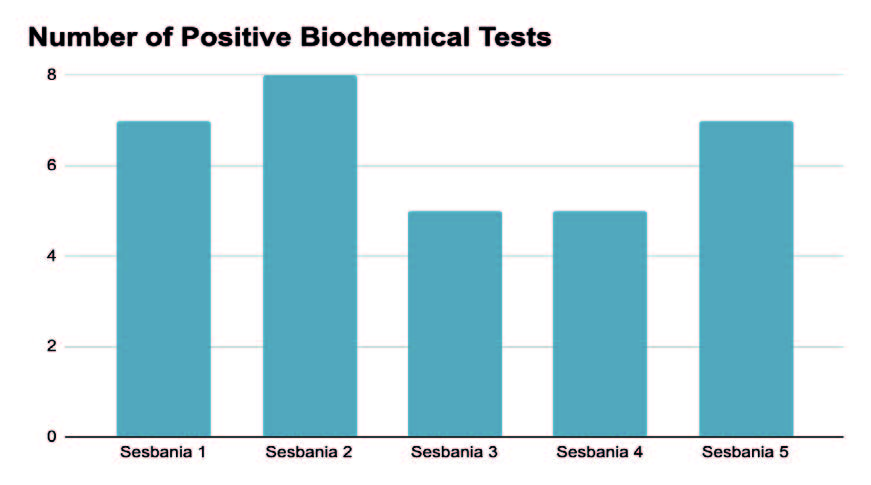Investigating the Potential of Endophytic Bacteria Found in the Seeds of Sesbania Rostrata for Promoting Plant Growth
DOI:
https://doi.org/10.5530/ctbp.2024.1.14Abstract
My investigation aimed to find out how the endophytic bacteria present in the seeds of a plant known as Sesbania Rostrata can benefit other plants by supplying them with essential nutrients. The goal of my investigation was to find such a bacteria that can benefit different types of plants in multiple ways by providing them with many of the essential nutrients that they need for survival. I conducted numerous biochemical tests on the bacteria that I isolated from the seeds of Sesbania Rostrata to find out all of the different biological nutrients they can supply plants with. These biochemical tests included the cellulase activity test, the zinc-solubilization test, the nitrogen fixation test, the phosphate-solubilization test, the phosphate-solubilization test, the protease activity test, the starch-hydrolysis test, the methyl red test, the Voges-Proskauer test, and the catalase test. In the end, I discovered that only one of my bacteria was positive for most of the tests and I learned that it would be the most beneficial. This bacteria was positive for all of the biochemical tests I conducted besides the Voges-Proskauer test. I concluded that this bacteria would be the most beneficial because it can help plants grow by supplying them with the most amount of nutrients compared to the other bacteria that were found in the seeds of the plant that I used. As a result, the bacteria that I found in my experiment has the potential to be used in agricultural applications including a biofertilizer as it offers a variety of benefits to plants.



